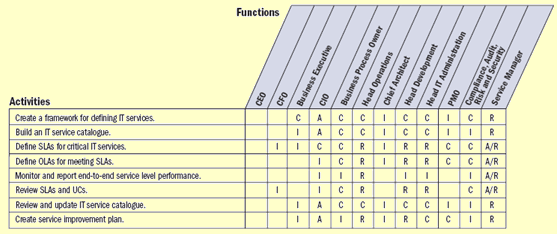Strategy

What is Strategy?
Before launching a project, I often use the following techniques in order to formulate a 'solid strategic vision'. This is often in the required in the 'opportunity evaluation' phase.I typically ask the question "What does success look like?" Then we work through some of the following sessions that will successfully guide our stakeholders:
Six Step Strategy
1) Brainstorm "FUTURE STATE" objectives (In an ideal world what would we like?)
2) Evaluate "CURRENT STATE" (What is working now and what do we need to improve?)
3) Analyze "SWOT" (Strengths, Weaknesses, Opportunities and Threats)
4) Perform a "GAP ANALYSIS" (How do we get THERE from HERE?)
5) Perform a "RISK ANALYSIS" (Ensure benefits outweigh any risks)
6) Evaluate "ROI", Return on Investment. (What bang do we get for our buck?)
After the six-point strategy sessions are complete, a business case can be made and after approvals and executive buy-in, the planning phase of the project can begin.
Governance
Definition: a model used to help define who is responsible / accountable;
The RACI model is built around a simple 2-dimensional matrix which shows the 'involvement' of Functional Roles in a set of Activities. 'Involvement' can be of different kinds: Responsibility, Accountability, Consultancy or Informational (hence the RACI acronym).

The model is used during analysis and documentation efforts in all types of Service Management, Quality Management, Process- or Project Management. A resulting RACI chart is a simple and powerful vehicle for communication.
Defining and documenting responsibility is one of the fundamental principles in all types of Governance (Corporate-, IT-Governance).


